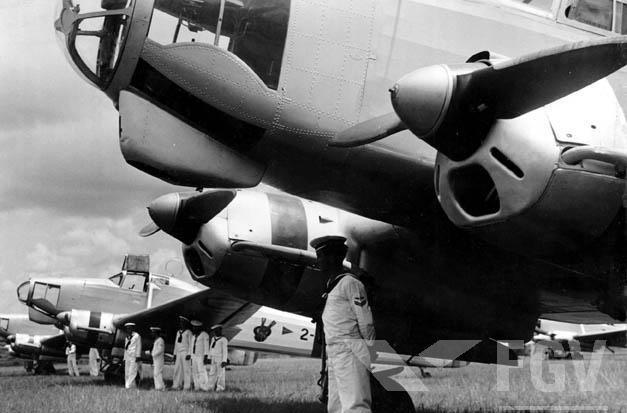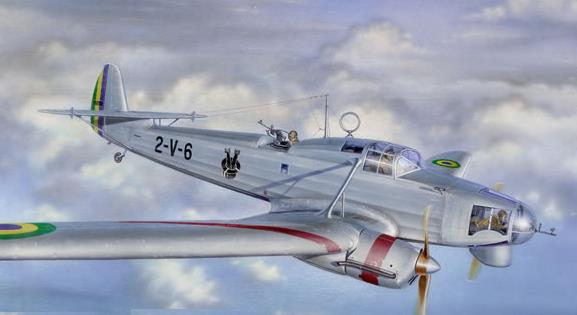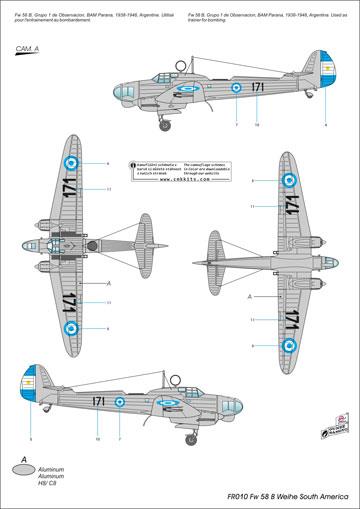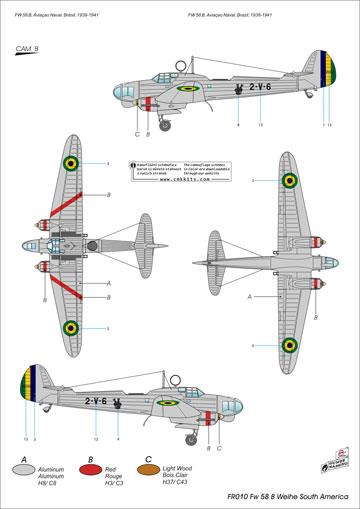| Type |
Werk.Nr |
Registration |
History |
| Fw 58-V9 |
|
V2AvN-209 |
Built at the Oficinas Gerais da Aviação Naval . 8 May 1940 the first aircraft built in Brazil took to the air, under the controls of the naval aviators, lieutnants Sampaio and Menezes.
|
| Fw 58-V9 |
|
V2AvN-210 |
Built at the Oficinas Gerais da Aviação Naval |
| Fw 58-V9 |
|
V2AvN-211 |
Built at the Oficinas Gerais da Aviação Naval |
Fw 58-V9
|
|
V2AvN-212 |
Built at the Oficinas Gerais da Aviação Naval |
Fw 58-V9
|
|
V2AvN-213 |
Built at the Oficinas Gerais da Aviação Naval |
Fw 58-V9
|
|
V2AvN-214 |
Built at the Oficinas Gerais da Aviação Naval |
| Fw 58-V9 |
|
V2AvN-215 |
Built at the Oficinas Gerais da Aviação Naval |
| Fw 58-V9 |
|
V2AvN-216 |
Built at the Oficinas Gerais da Aviação Naval |
| Fw 58-V9 |
|
V2AvN-217 |
Built at the Oficinas Gerais da Aviação Naval |
| Fw 58-V9 |
|
V2AvN-218 |
Built at the Oficinas Gerais da Aviação Naval |
| Fw 58-V9 |
|
V2AvN-219 |
Built at the Oficinas Gerais da Aviação Naval |
| Fw 58-V9 |
|
V2AvN-220 |
Built at the Oficinas Gerais da Aviação Naval |
| Fw 58-V9 |
|
V2AvN-221 |
Built at the Oficinas Gerais da Aviação Naval |
| Fw 58-V9 |
|
V2AvN-222 |
Built at the Oficinas Gerais da Aviação Naval |
| Fw 58-V9 |
|
V2AvN-223 |
Built at the Oficinas Gerais da Aviação Naval |
| Fw 58Ki-2, UC-Fw 58 |
3102 |
D-OUPG , PP-CBM |
In1940 to "Syndicato Condor" airline, "Aquirí". Serial 2654 to Base Aérea de São Paulo - BASP |
| Fw 58Ki-2, UC-Fw 58 |
3103 |
D-OKDN , PP-CBN |
In1940 to "Syndicato Condor" airline, "Cacurí". Serial 2655 to HQ, Third Air Zone in Rio de Janeiro. |




